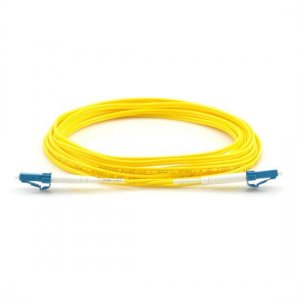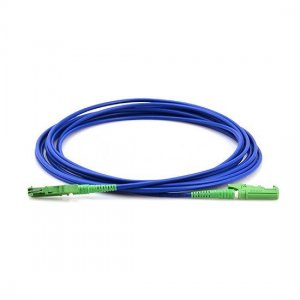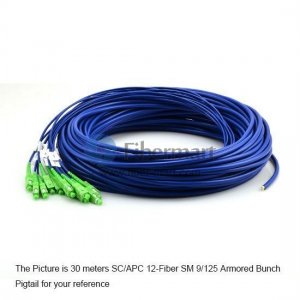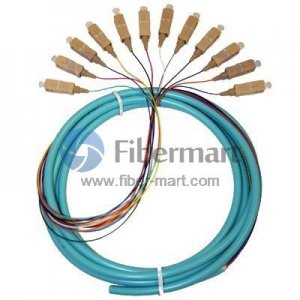Glass or plastic fibers encased in a protective coating make up the thin, flexible Fiber Patch Cable. Their use of light signals for data transmission makes them perfect for long-distance and high-speed communication. There are several varieties of these cables, including single-mode and multi-mode, each intended for a particular use.

The Value of Upkeep
Stopping Pollution
The sensitivity of fiber optic cables to contamination is quite great. Particles such as dust, grit, and other debris can block light signals, resulting in decreased efficiency or total signal loss. Cleaning regularly is necessary to avoid these problems.
Providing Correct Connector Operation
An essential part of fiber patch cables is connectors. Degradation of signal might occur from connection wear and tear over time. Before connection problems have an impact on performance, they may be found and fixed with routine examination and cleaning.
Reducing Flexibility and Tension
The fragile fibers inside fiber patch cables or Singlemode Cable can be damaged by excessive bending or straining. Maintaining signal integrity and preventing physical damage requires careful cable management and avoiding severe bends.
Keeping an eye out for wear and tear
Just like any other piece of equipment, fiber patch cables can get worn down. Frequent examination can assist in spotting problems like fraying or damage to the cable jacket, enabling prompt replacement or repair.
Upkeep Advice
Make Use of the Right Cleaning Equipment
Specialized instruments are needed to clean fiber optic connections. Connectors can be carefully cleaned using isopropyl alcohol, lint-free swabs, and optical-grade cleaning solutions. Steer clear of utilizing anything abrasive that might scratch the connections.
Conduct Visual Exams
Check cables and connections often for indications of deterioration, contamination, or wear. Visual examination is a simple way to find problems that might affect performance.
Observe the manufacturer’s instructions
Observe the installation, maintenance, and cleaning instructions provided by the manufacturer. Specific criteria may apply to different types of fiber patch cables; adherence to these recommendations guarantees the best performance.

Make a Quality Cable Investment
Start with Fiber Patch Cable of the highest caliber. Purchasing trustworthy cables from renowned producers lowers the chance of early wear and guarantees improved performance all around.
Next: Top Advancements In Polarization Maintaining Patch Cable Design










